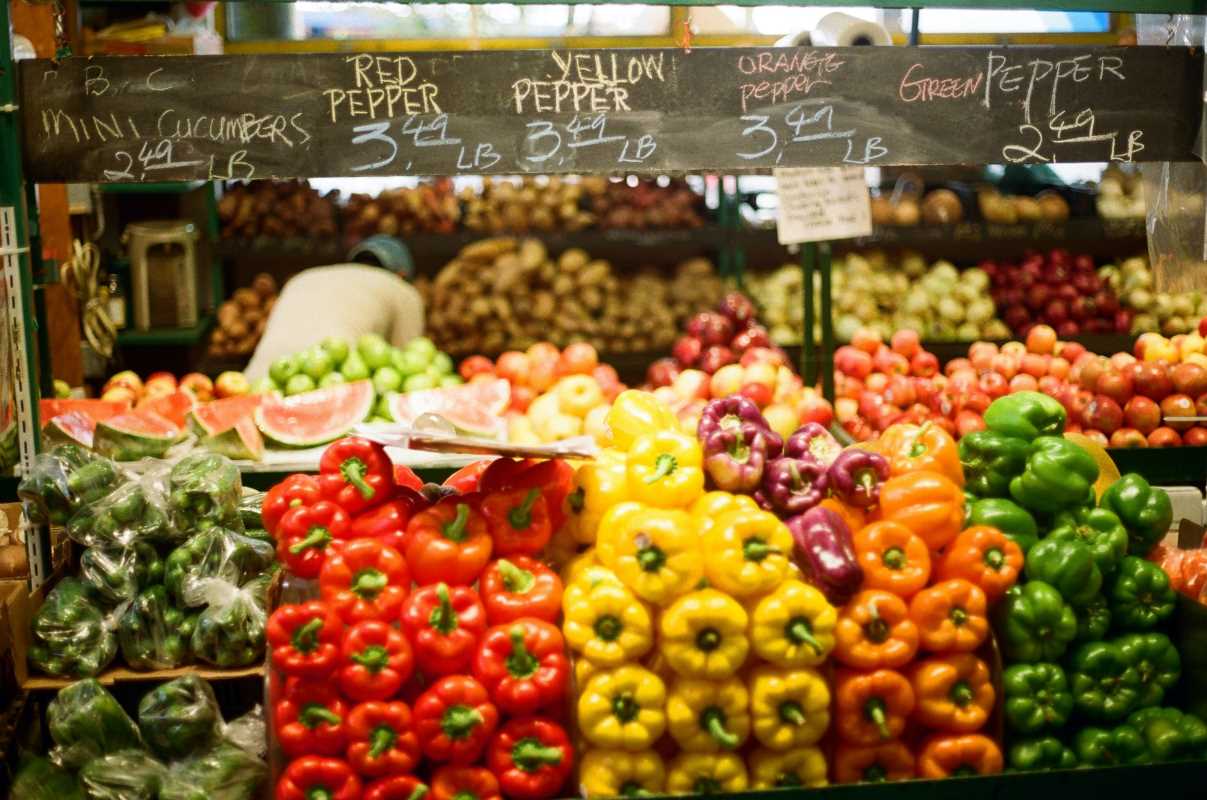The fight for LGBTQ+ rights has never been a stagnant battlefield; it’s an evolving story of victories, setbacks, and new challenges. By September 2024, the global LGBTQ+ movement finds itself at a crossroads. With recent wins in some nations and growing threats in others, advocacy itself has had to adapt to a rapidly shifting world.
From grassroots strategies to technological integration, the way rights are fought for and defended has modernized, but the heart of the movement remains as powerful as ever.
Shifting Progress and Setbacks
It’s tempting to view LGBTQ+ rights globally as an upward trajectory, but reality is far more complicated. For every nation that expands protections, there’s another tightening restrictions. On one hand, places like Japan have made strides, legalizing same-sex marriage this year after years of legal battles. These milestones bring hope, and they ripple across borders, as activists in other nations point to them as proof of possibility.
Yet, the pendulum swings harshly in the opposite direction in other parts of the world, such as Uganda, which enacted even harsher anti-LGBTQ+ laws in 2024. These legislations, paired with open hostility from political leaders, create an environment where safety and dignity are all but impossible for many. Advocacy in regions like these becomes less about attaining new rights and more about survival and keeping a flicker of hope alive.
The economic implications of these shifts cannot be ignored. Inclusive countries see upticks in tourism and international investments. Meanwhile, nations enforcing regressive policies risk global condemnation, sanctions, and economic fallout. Big corporations have increasingly spoken out, knowing that equality isn’t just morally right but tied to their bottom line. The advocacy landscape now includes boardrooms alongside courtrooms.
Social media continues to serve as a double-edged sword. It amplifies voices of acceptance, but it also spreads hate speech like wildfire. Platforms are battlegrounds where ideas of equality clash with dated prejudices, shaping public opinions in real time. What we’ve learned in 2024 is that the fight for hearts and minds must also be waged in hashtags and comment sections.
While victories are celebrated and setbacks analyzed, one thing is clear: progress is patchwork. Rights are expanding in some places while shrinking in others, creating a global mosaic of acceptance and resistance.
The Rise of Intersectional Advocacy
Gone are the days when LGBTQ+ rights advocacy focused narrowly on specific identities without considering broader societal influences. Intersectionality has become the backbone of the movement, recognizing how race, socioeconomic status, gender identity, and cultural factors shape different experiences within the LGBTQ+ community. This isn’t just advocacy 101 anymore; it’s a masterclass in inclusion.
Advocates are now working hand-in-hand with other movements for justice. Climate activists, for instance, have joined forces with LGBTQ+ organizations to shed light on how climate refugees often include queer individuals who face unique vulnerabilities. Similarly, labor unions in some regions are fighting not only for fair wages but also for workplace protections for LGBTQ+ employees, showing how intertwined rights truly are.
Religious institutions have also emerged as unexpected allies in certain regions. While traditionally seen as oppositional forces, some progressive faith-based groups have evolved into partners, working with LGBTQ+ advocates instead of against them. Interfaith dialogues in places like South Korea and Argentina have shown that acceptance can coexist with spirituality.
An exciting area of intersectional progress has been healthcare. From HIV/AIDS prevention programs to improved mental health care for trans individuals, advocacy here has incorporated scientific breakthroughs and culturally sensitive outreach. Progress is slow, but when you’re improving someone’s actual well-being, snail’s pace is still better than standing still.
Understanding that no one lives a single-issue life has deeply influenced campaigns. It’s not just about waving rainbow flags anymore; it’s about ensuring those flags wrap around everyone, protecting against cold winds of other forms of discrimination.
Technology’s Role in Changing Advocacy
Technology isn’t just supporting LGBTQ+ advocacy; it’s transforming it. The digital world has given activists tools previous generations couldn’t even dream of, and in 2024, this innovation shows no signs of slowing. From AI-driven campaigns to improved access to online support networks, technology is a lifeboat for many.
Virtual spaces have become safe havens for LGBTQ+ individuals in restrictive countries. Encrypted chat groups and anonymous networks offer platforms for organizing and connection, free from the gaze of intolerant authorities. These online spaces have blurred borders, uniting individuals globally and creating a sense of solidarity even in isolation.
The power of data cannot be overstated. Surveys and analytics have helped advocates understand where resources are most needed, shaping their game plans more effectively than ever before. Crowdfunding platforms, combined with social activism, now fund grassroots campaigns in a fraction of the time it used to take to rally donations.
Artificial intelligence is also a game-changer. Chatbots offer mental health support anonymously, while AI tools help activists track harmful policies as they unfold. Algorithms have made it easier to expose discriminatory hiring practices or educational inequalities, creating accountability in ways unimaginable a decade ago.
Of course, technology poses risks too. Governments with anti-LGBTQ+ agendas increasingly monitor online activity, while misinformation campaigns sow doubt about simple truths. Advocates must constantly innovate to counter these digital threats while keeping their communities safe.
Technological evolution doesn’t replace boots-on-the-ground activism, but it certainly reshapes how boots march. Blending traditional and digital advocacy holds the key to tackling 2024’s unique challenges.
Emerging Challenges and the Fight Ahead
With every success, new challenges rise to meet advocacy efforts. The LGBTQ+ community isn’t just fighting outdated prejudices; it’s grappling with a world in flux. Geopolitical shifts, climate change, and disinformation campaigns are just a few of the “fun” new layers complicating the broader movement.
Anti-trans laws have emerged as the most targeted form of new legislative attacks. From healthcare bans to restrictions on identity markers, trans individuals are increasingly finding themselves under legislative fire. LGBTQ+ organizations in the U.S. and Europe find themselves funneling resources toward battles they hoped were already won, leaving less funding for other pressing issues.
Global displacement adds another layer of tension. LGBTQ+ refugees fleeing persecution face double discrimination, not just for their refugee status but also for their identities. Advocacy in 2024 has had to address how countries respond to asylum seekers, with some offering sanctuary while others slam their borders shut.
The corporatization of Pride also remains a prickly topic. While major corporations slap rainbow logos on marketing materials, activists often demand proof of substantive support, not just performative allyship. Supporting the cause means more than advertising glittery streams of inclusivity; it requires impactful policy changes and workplace rights.
Meanwhile, generational divides sometimes cause friction within advocacy movements themselves. Younger activists harness the immediacy of online campaigns, while older ones call for time-tested methods like lobbying and community-building. The trick lies in blending these approaches to create a cohesive and multi-generational force for change.
With so many plates spinning, the future of LGBTQ+ advocacy depends on adaptability. No single issue or campaign will define the movement; it’s about responding to the complexities of right now while keeping the overarching goal in sight.
Reasons for Optimism and Emerging Trends
Despite the hurdles, there’s cause for hope. The shifts in global perspectives over the past two decades show that change is not only possible but often inevitable. True, progress isn’t linear, but proof of positive change creates lasting momentum.
Trends include a rise in youth activism. Young LGBTQ+ advocates, empowered by access to education and technology, are bringing an urgency and authenticity to the movement. Creative campaigns that merge humor with urgency have captured public attention in new ways, making allies out of scrolling social media users.
Another exciting trend has been the move toward inclusive policymaking. More countries are considering non-binary markers on identification documents, improving access to healthcare, and reevaluating antiquated sodomy laws. The fight may take forever, but at least the blueprint for success is clearer.
Intersectional allyship remains a strong driver. Women’s rights groups, anti-racism coalitions, and environmentalists are standing side by side with LGBTQ+ communities to tackle injustices on multiple fronts. Solidarity isn’t just a buzzword anymore; it’s structural, and it works.
Lastly, the resilience of LGBTQ+ communities remains one of the most uplifting factors. From Pride marches in far-flung corners to activism in nations where danger looms larger than rainbows, the sheer determination to exist and thrive is nothing short of inspiring.
 (Image via
(Image via





